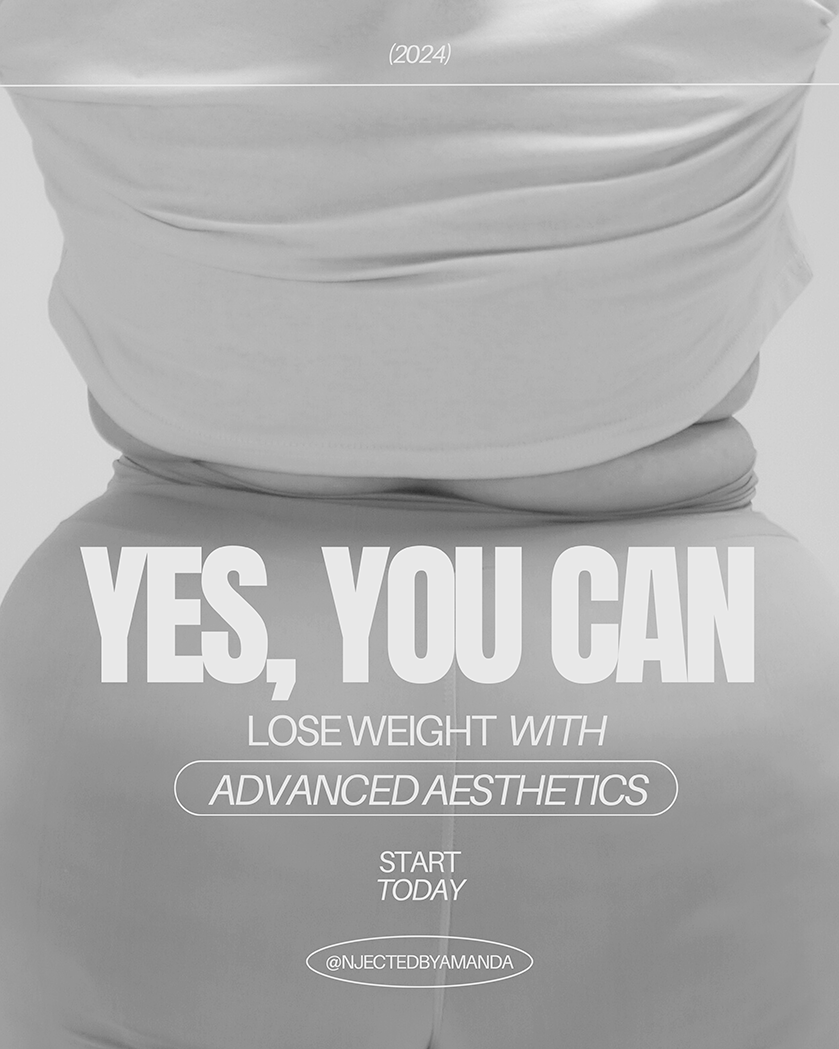
When you chose to have your breast augmentation or breast lift, you were careful about your decision. You found a surgeon you trusted, you communicated what you wanted and you did your best to take care of your body during recovery. But for reasons you could not control, you are dissatisfied with your results. Perhaps you thought you wanted larger implants, but you now feel as though they are too big for your body or lifestyle. Perhaps your nipple-areola complexes healed asymmetrically, you have too much visible scarring or you are experiencing complications like capsular contracture. Maybe you feel as though your surgeon didn’t understand what you wanted and your results don’t look like what you pictured. What should you do? What are your options?
The expert, board-certified plastic surgeons at Advanced Aesthetics provide breast revision surgery for augmentation mammoplasty (breast enhancement) and breast lift (mastopexy) patients who want to address concerns after their primary surgery. Our team has extensive experience improving the results of previous procedures and uses specialized techniques for revisions. Whether your breasts have healed unevenly or poorly; your breast implant has dropped, deflated or ruptured; or you simply do not like the shape and size of your breast mound, we are able to help.
We invite you to call for a complimentary consultation at one of our four convenient locations. You will meet with one of our friendly, board-certified plastic surgeons who will listen to your goals, evaluate your current concerns and discuss all of your options. They will formulate a surgical plan that is customized just for you and ensure that you understand all the risks, benefits and other particulars of your surgery.
Our knowledgeable staff, highly trained nurses and technicians and expert board-certified surgeons are here to help you get the results you want from your cosmetic breast surgery.
Augmentation revision most often seeks to exchange implants that are too large, too small, unnatural-looking or -feeling, damaged or poorly healed. Augmentation revision surgery may also improve the appearance of visible scarring in some cases. Patients may pursue augmentation revision as soon as they have recovered from their primary surgery, or they may choose revision years later as their results or their aesthetic preferences change over time.
Along with the option of exchanging the breast implant, there are exciting new technologies such as Strattice grafts, SurgiMend grafts and Flex HD grafts. These may help with correcting capsular contracture (firmness of the breast mound), visible rippling or edges of a breast implant or an implant that has dropped lower on the chest wall. These grafts are made from skin tissue that has all the cellular material removed. They can serve as padding for the implant or can hold the implant in place.
During a breast augmentation revision, your surgeon will most often use the same incisions from your primary surgery to access your breast tissue and implants. This prevents adding more visible scarring and allows your surgeon to improve the appearance of scars that healed poorly. Your surgeon will then be able to address your concerns. Approaches may include:
- Opening a contracted scar tissue capsule to release the tension around the implant (capsulotomy)
- Removing the implant and scar tissue capsule entirely (capsulectomy)
- Replacing a damaged breast implant with an identical, undamaged one
- Replacing the breast implant with a different one of the patient’s preferred size, shape or material
- Moving the breast implant and securing it in place with a graft to ensure symmetry and ideal implant placement
- Adding a graft to increase padding between the implant and the skin
Breast lift revisions are most often performed to correct asymmetries or noticeable scarring that has occurred during the breast lift healing process. Due to the donut, lollipop or anchor scar techniques used during a breast lift, most women have visible scarring around the areola and/or vertically between the areola and the inframammary fold. Sometimes these scars heal unevenly, leaving the nipple-areola complexes asymmetrical or misshapen. In other cases, the “lift” of both breasts is asymmetrical, with one breast noticeably higher on the chest wall than the other.
Additionally, some women choose to undergo another breast lift several years after the first as their breasts have naturally drooped further over time. Although this may seem like a second primary breast lift as opposed to a revision, we would still recommend seeing a surgeon who has experience with breast lift revisions. They will know how to best perform the procedure while factoring in the results of the first surgery.
A breast lift revision typically uses the same incisions from the first lift, though extra incisions may be used if the surgeon requires more access to breast tissues (e.g., using a lollipop incision for a patient whose prior lift used a donut technique). Your surgeon may include any of the following in your surgical plan to address your particular concerns:
- Reshaping and resuturing the incision around the areola to improve shape and symmetry
- Repositioning breast tissue for breast projection and position
- Repositioning breast tissue for improved symmetry
- Centering the nipple-areola complex on the breast
- Using a Strattice, SurgiMend, Flex HD or similar graft to better support breast tissue internally
- All incisions will be carefully closed to ensure even healing, and your surgeon will give you detailed aftercare instructions to minimize discoloration or unevenness in your scars.
Some women are unhappy with their breast implants and simply want to remove them rather than exchange them. This may be due to a change in lifestyle or preference that has caused the woman to feel more comfortable with smaller, natural breasts. It may be due to poor experiences with augmentation or augmentation revision, as some women’s bodies have a more difficult time healing with good results. This surgery can be challenging, particularly when removing larger implants, as the skin is sometimes stretched and can leave behind a sagging, deflated look if performed without great care. In some instances, your surgeon may suggest choosing a smaller implant to prevent an unsatisfactory outcome.
Recently, some patients have been more interested in breast implant removal due to news about breast implant illness. Whether the patient is experiencing symptoms or is worried about developing symptoms, she may feel that she does not want the risk of having implants in her body.
We want to reassure patients that smooth breast implants are not currently a cause for concern, and that the FDA has not yet made a recommendation that asymptomatic patients with textured breast implants have them removed. As always, though, Advanced Aesthetics’ primary concern is the safety of our patients. We will not be using textured implants or tissue expanders moving forward, and we would be happy to discuss concerns about such devices with you.
During a breast implant removal surgery, your surgeon will access the breast tissues and implant along the same incisions from your first procedure. Then, your surgeon will perform all adjustments necessary to meet your needs, including:
- Carefully removing the implant and the scar tissue capsule
- Trimming away stretched or excess skin
- Repositioning the nipple-areola complex
- Repositioning remaining natural breast tissue
Our surgeons perform all of our breast revision procedures in greater Atlanta. Most patients will have general anesthesia to keep them comfortable during the surgery. Local anesthesia may be possible on a case-by-case basis. Your surgeon will discuss your anesthesia options with you during your consultation.
These procedures cause minimal discomfort, and we will supply you with tips and instructions on how to keep yourself comfortable and safe during your recovery. You will require some TLC at home and a few follow-up appointments with your surgeon to monitor your healing. Most patients can return to your normal daily activities in about one week, and may resume full activity including exercise in three to four weeks. However, every patient’s recovery process is different depending on the type and extent of their surgery.
Our goal with revision surgeries is always to improve your previous results and make sure you feel happy and confident about your breasts. We do advise our breast revision patients that there are some limitations on what we can accomplish, and that results frequently depend on their body’s natural healing processes as well as their careful adherence to recovery instructions. We always communicate clearly about expectations and possible results before you commit to your procedure with us.
Breast revision may be right for any patient who has undergone cosmetic breast surgery and is unhappy with the results. Revision candidates should most often be fully healed from their initial surgery — we typically ask that patients wait six months post-op to allow body tissues and implants to settle into place. The exception may be patients who are experiencing complications such as capsular contracture or implant rupture and require a revision right away to ensure their safety.
A breast revision surgery is commonly used for:
- Replacing a ruptured silicone gel implant
- Replacing a deflated saline-filled implant
- Relieving capsular contracture (tight scar tissue around an implant that makes the breast mound too firm) via capsulotomy (scar tissue release) or capsulectomy (scar tissue removal)
- Exchanging the breast implant to achieve the size or shape you desire
- Switching a silicone gel breast implant for a saline-filled implant
- Improving upon a previous breast lift (mastopexy)
The best way to find out if you are a candidate for a breast revision in Atlanta is to meet with an experienced surgeon. If you have any of the concerns listed above or are otherwise dissatisfied with your breast surgery results, please reach out to Advanced Aesthetics to meet with one of our board-certified doctors for a complimentary consultation and evaluation.


 (770) 515-8048
(770) 515-8048

